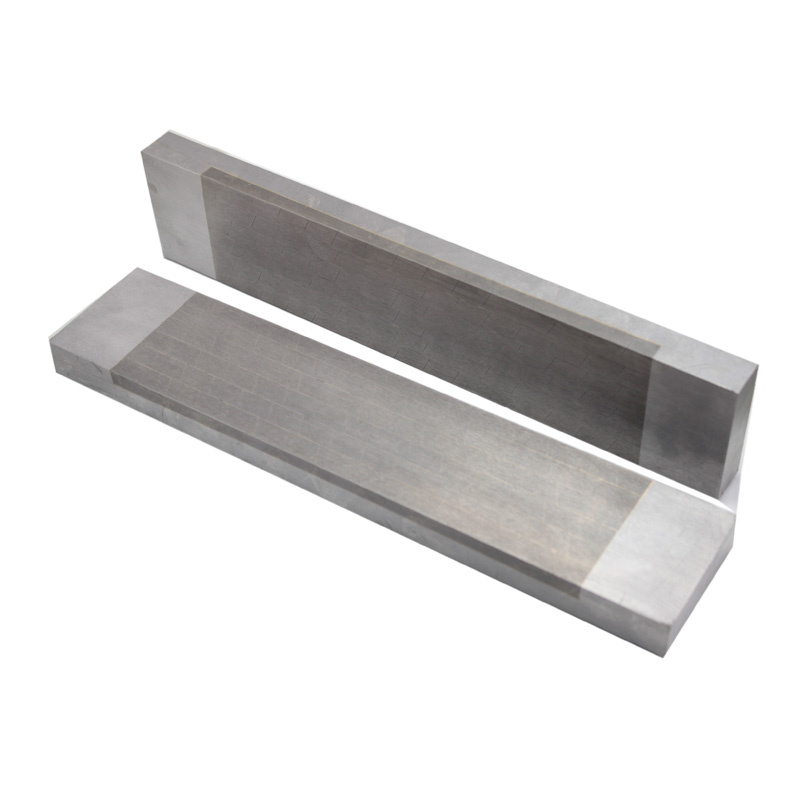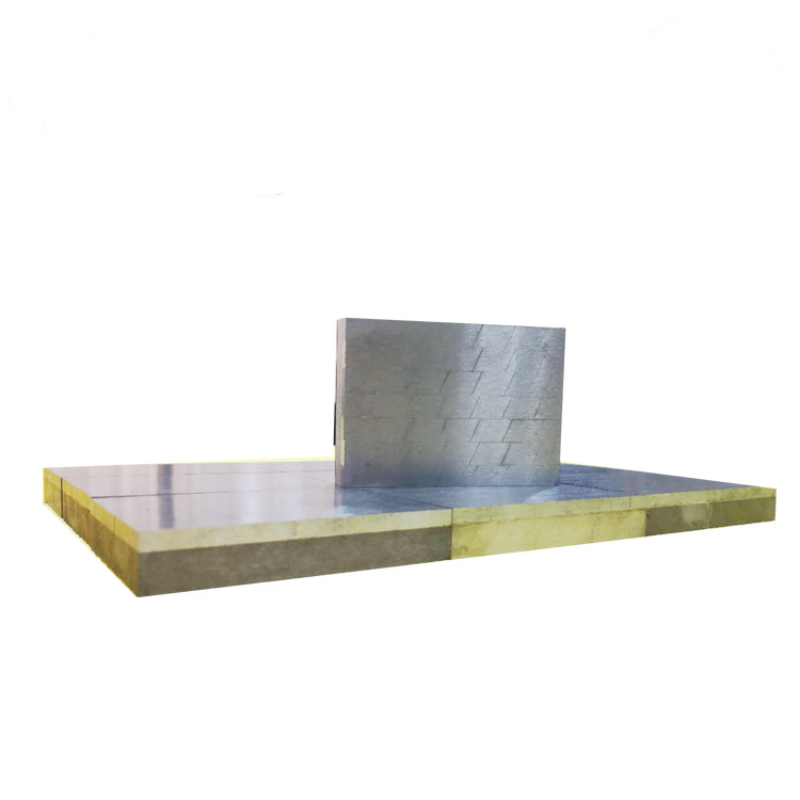The Art and Science of Refractory Brick Molds
- Introduction to Refractory Brick Mold
- Concepts for Refractory Brick Mold
- Structure of Refractory Brick Mold
- Changes on Development of Refractory Brick Mold
- Design of Refractory Brick Mold – the difference between China and the West
- Improve Properties of Refratory Brick Mold
Introduction to Refractory Brick Mold
Refractory brick molds are tools used for manufacturing refractory bricks, usually made of metal materials with high wear resistance and corrosion resistance. In the production of refractory bricks, refractory materials and water are mixed and then the mixture is poured into the refractory brick mold, and after high temperature baking, the molded refractory bricks are obtained. This kind of mold is widely used in metallurgy, chemical industry, building materials and other industries.
The research of refractory brick molds belongs to the field of material science. This field focuses on the properties and applications of various materials under extreme conditions such as high temperature and pressure, including the design, preparation, performance testing and application of refractory materials. The disciplines of materials science, mechanical engineering, and process science all play an important role in the research of refractory brick molds.
Concepts for Refractory Brick Mold
The concepts we need to understand when studying refractory brick molds include:
Physical and chemical properties of refractory materials: including aspects such as chemical composition, crystal structure, density, coefficient of thermal expansion, thermal conductivity, and wear resistance of refractory materials.
Structure and morphology of the material: including the geometry, surface morphology, porosity, pore size distribution, etc. of the refractory brick mold.
Manufacturing process: including the selection of raw materials, mixing ratio, molding method, sintering process and other aspects, all these factors will affect the quality and performance of refractory brick molds.
Application and using conditions: Different application scenes and use conditions have different requirements for refractory brick molds, such as the performance of refractory brick molds under high temperature and pressure, corrosion resistance, etc.
Structure of Refractory Brick Mold
Refractory brick mold is a kind of industrial mold used for manufacturing ceramics, glass and other materials, which has the characteristics of high temperature resistance, erosion resistance and oxidation resistance. Its structure usually consists of mold head, mold core, mold base, mold frame and so on. The mold head is the upper part of the mold, which is used for injecting and pressing ceramic raw materials during molding, the mold core is the middle of the mold, which is used to form the internal space of ceramic products during molding, the mold base is the lower part of the mold, which is used to support the mold core and collect scrap, and the mold frame is the frame structure used to support the whole mold. In the design of the refractory brick mold, the selection of materials, the rationality of the structure, the control of process parameters and other factors need to be considered to ensure that the mold can maintain stable performance and long-term service life in the process of use.
Generally speaking, in the structure of the refractory brick mold, the part that needs to bear the highest compressive strength is the mold head (also called the top of the mold or the upper mold). This is because the bricks are pressed against the mold head during the manufacturing process, so the head needs to be strong enough to withstand the pressure of the bricks and to prevent the mold from breaking or deforming. At the same time, the mold head also needs to have a certain degree of wear resistance and high temperature resistance to ensure the life of the mold and production efficiency. Other parts such as the core, mold base, mold frame, etc. also need to have a certain compressive strength to ensure the overall stability and efficiency of the mold.
Changes on Development of Refractory Brick Mold
Over the past decade, the manufacturing and application of refractory brick molds have undergone many changes.
First of all, the producing technology of refractory brick molds is now greater unique and efficient. Advanced processing technologies, including CNC system tools, EDM, laser cutting, and so on, have been adopted to create more accurate molds, which improve production efficiency and product quality.
Secondly, the design of modern refractory brick molds can pay greater attention to the optimization of structure and materials. The use of new materials, new technique and new structure can improve the service lifestyles and heat resistance of the mold, and also lessen the load and cost of the mildew and improve the production efficiency.
Third, due to the rising standards in the environmental protection and energy saving requirements, now refractory brick mold also pay greater attention to eco-friendly demands and power utilization. Using energy-efficient manufacturing procedures and environmentally friendly substances can generate less energy intake and environmental pollution, and enhance the social obligation and icon of corporations.
Design of Refractory Brick Mold – the difference between China and the West
The design of refractory brick molds is a very important area, and there are some differences between China and developed western countries in this regard.
First of all, the design concepts and methods are different. Chinese refractory brick mold design puts more emphasis on practicality and economy, especially on cost control and efficiency improvement. While the western design is more focused on innovation and the application of high-end technology, more attention to research and development of new materials and structures, the pursuit of higher performance and quality.
Secondly, the design standards and requirements are different. Chinese refractory brick mold design standards are relatively simple, led by national standards and industry norms, mainly focusing on the service life of the mold and heat resistance performance. While the West pays more attention to the high precision and quality of the mold, using more stringent standards and requirements, the pursuit of more perfect mold surface and internal structure.
Third, the research focus is different. Chinese refractory brick mold design mainly focuses on the optimization of the mold structure and materials, especially focus on cost control and efficiency improvement, the pursuit of more economical and practical solutions. While the West pays more attention to the innovation and R&D of molds, focusing on the research of new materials, new processes and new structures, pursuing higher performance and quality, and putting more emphasis on scientific and technological innovation and technological upgrading.
In a word, there are some differences between China and the West in refractory brick mold design, China focuses on practicality and economy, while the West pays more attention to innovation and technology upgrading. But both are committed to improve the performance and quality of the molds and promote the development of refractory brick mold industry.
Improve Properties of Refratory Brick Mold
According to the above information, we provide the following suggestions for improving the performance of refractory brick molds from the design, material and market aspects:
Design: According to the use of the mold and the load it bears, the structure and shape of the mold head and mold core should be optimized to improve the compressive strength and wear resistance of the abrasive tool. For example, it can be designed with mesh skeleton structure, multiple support points, etc.
Material: select carbide materials with excessive compressive strength and good wear resistance to manufacture refractory brick molds (such as adopting tungsten carbide brazed to the surface of mold head and mold core), which can effectively improve the durability and stability of the grinding tools and reduce maintenance costs. In addition, we can also apply new composite materials, like ceramic materials, to manufacture mold head and mold base to enhance their resistance to wear and high temperature.
Market: for the needs of different fields and industries, research and develop refractory brick mold products with special traits and advantages, and provide more personalized and custom designed services to satisfy the desires of different customers. Further, it can also strengthen after-sales service, provide timely and professional maintenance with guidance, and extend the service life of the mold.
To conclude, with optimized design, appropriate materials and better personalized customer services, the performance of refractory brick mold can be improved a lot, earning the longer service life with stability.
Related products
Refractory Brick Mold


